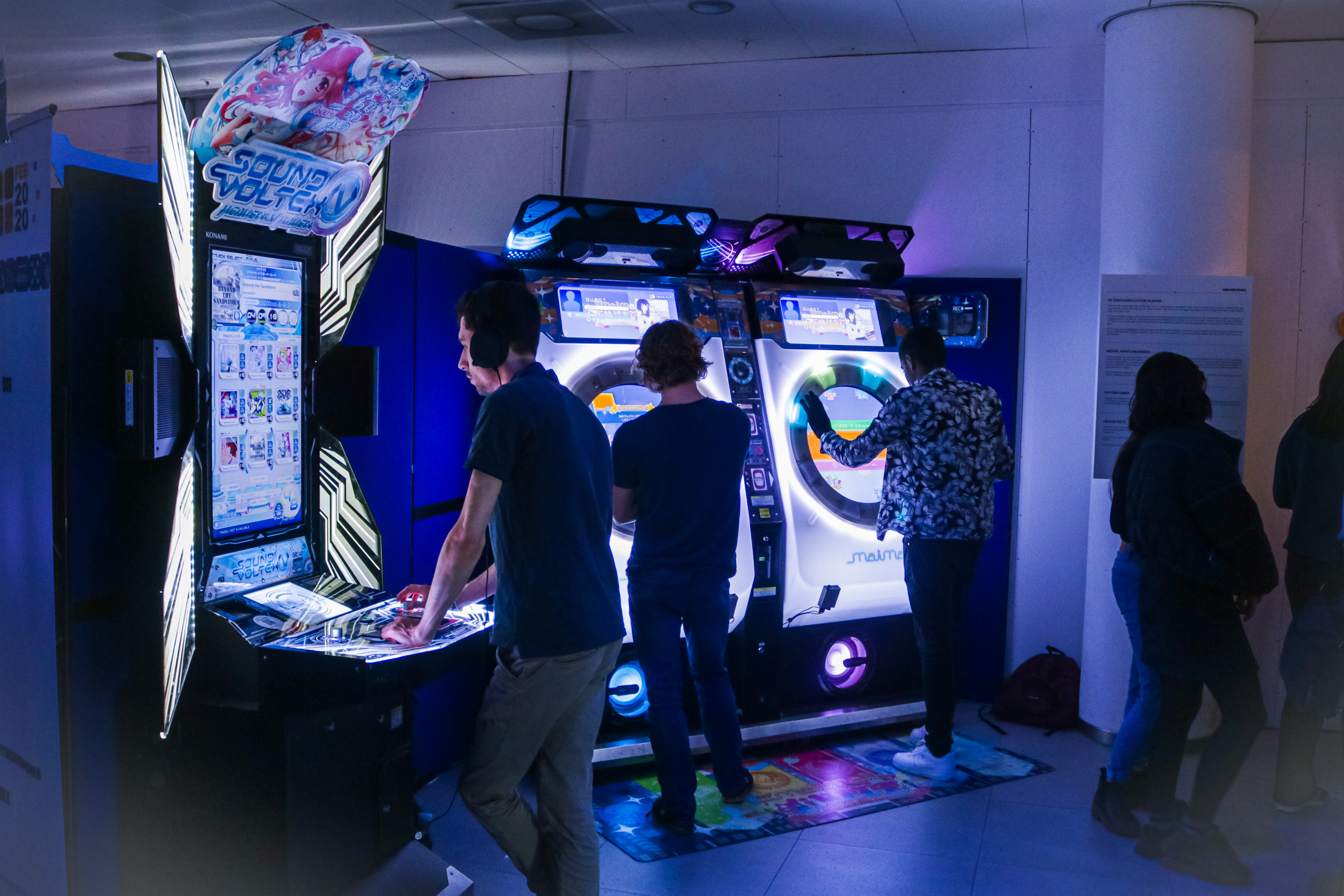Share
 Last time I wrote about making my build plan; you can read this here.
Last time I wrote about making my build plan; you can read this here.
This time I will go into more detail about the Arduino (mini computer) and the electrical circuit that I made. Below you can see the diagram as I currently envisioned. Since it might seem quite overwhelming, we are going to divide it into smaller sections.
{Picture of electrical diagram}
First I noted down what was to be required of the computer. The Arduino must be able to perform the following couple of tasks:
- Detecting pressed buttons
- Switching on lights scattered across the playing field
- Turning on LED strips
- Turning on the coils used for the flippers and bumpers
- Displaying the text on a screen
- Counting the score
- Keeping track of the life / balls the player has
- Reset the game
I figured out that I needed more connection points (pins) than are available on my Arduino. Therefore, a friend recommended the “shift register chips” to me. You can think of it as a highway that adds extra lanes to the road so that more cars can drive on their own lane (more buttons and more lights). It was important that the software can detect 18 buttons with just 3 pins on my Arduino. To make it more manageable, I put all input / output in an Excel sheet. First I made a prototype of the output wires on a breadboard; this way I could easily move the wires around if I had made a mistake. Then I did some cable management by making the wires shorter and then soldered it on a print board. It is also possible not to take the extra steps and just solder everything to the board. The flipside of this would be that all cables could get mixed up, and then I would definitely lose overview. Making electrical diagrams was the step in the process that I learned the most from.
The screen on which the scores are displayed appears small, which is not a problem, but therefore the screen cannot be placed on the back of the pinball machine and must be placed on either the playfield or the info board (which is at the front). I don’t want to switch screens anymore, because this would slow down the project too much.
The Arduino has a 12V power plug and the connected parts get 5V power from the Arduino. However, this is not enough for the coils, as they need 19 / 24V to work properly. This can be solved by using relays, which send a higher voltage to the coils when a 5V signal is received. Below are all the parts that require power:
5V:
- 9 Targets
- 6 Rollover switches
- 2 LED strips
- (10/20) Lights
19V:
- 2 Drop target resets
- 2 Bumpers
- Ball Lock
If you find this interesting, or you would like to learn more about this subject? I have linked a few websites below where you can learn more about electrical circuits. These are the same sites that I used for this project. In addition, I want to make technical documentation of the project and make it publicly available, but this will only happen when the pinball machine is finished.
https://www.arduino.cc/reference/en/language/functions/advanced-io/shiftout/
https://nl.wikipedia.org/wiki/Relais
https://nl.wikipedia.org/wiki/Flipperkast
https://youtu.be/K9mpaEZigjA






















